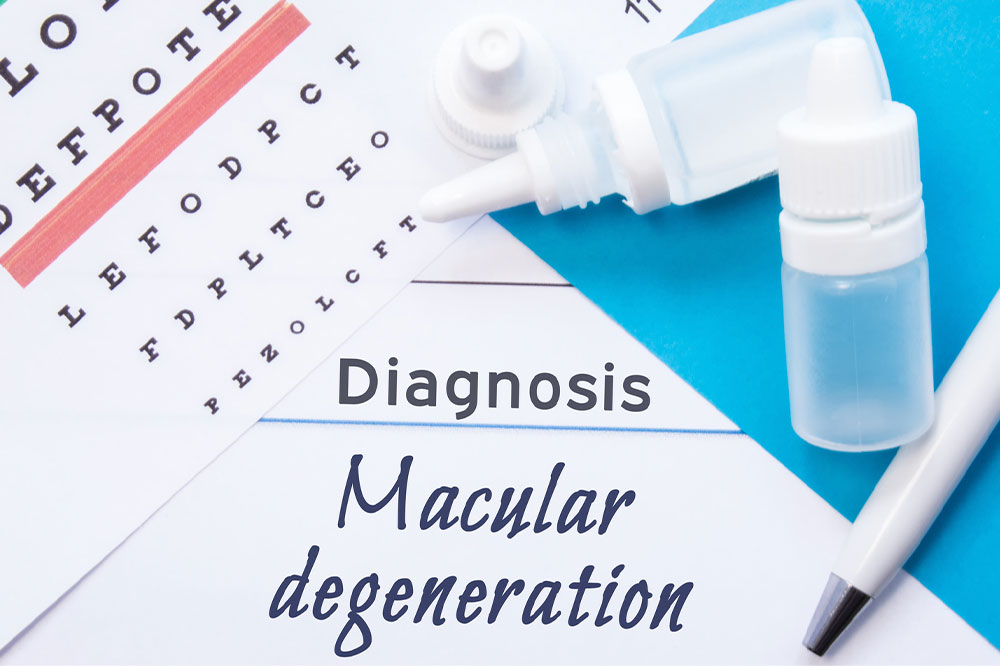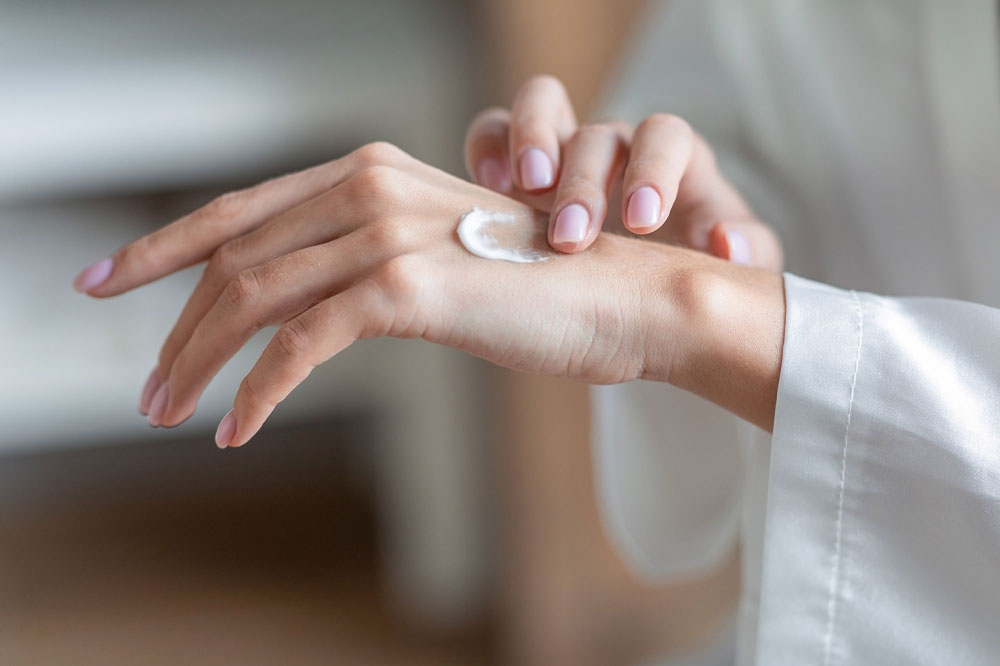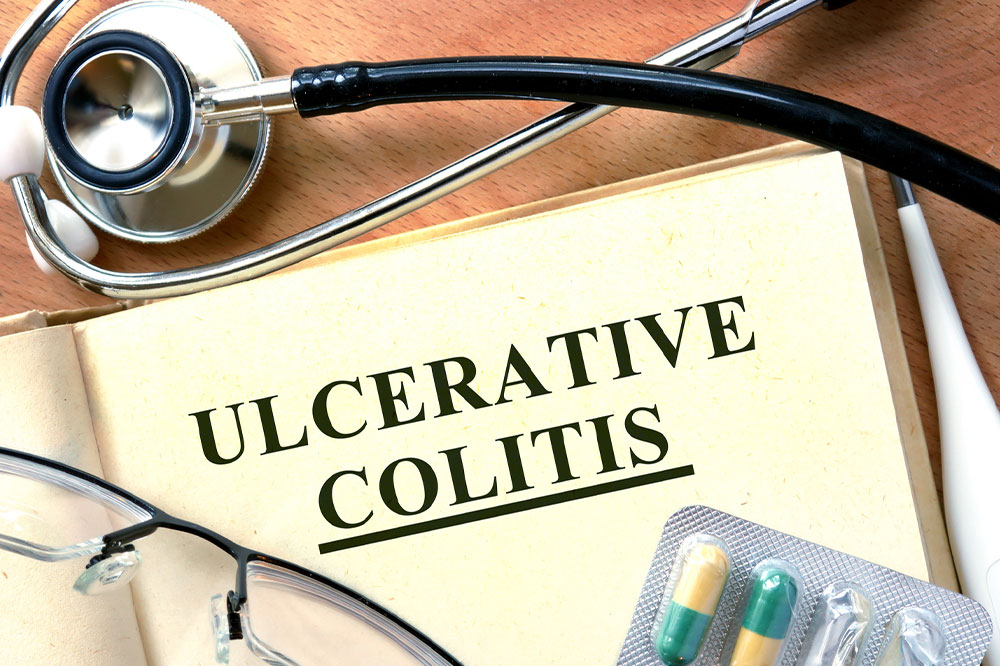9 common human foods that are unsafe for dogs

Dogs love food and are always ready to catch their next snack. To keep them happy, many pet parents give them a bite of whatever they are eating. However, doing so can be dangerous. Many foods that are nutritious for humans tend to be unsafe and, in many cases, downright fatal for dogs. Here are some common foods that are unsafe for dogs and should be kept away from their reach.
Ice cream
Many people believe dairy products are healthy for pets. However, there are several exceptions to that, especially in the case of dogs. For instance, ice cream is delicious but not very safe for dogs. Ice cream can be a significant health hazard for canines because their digestive system cannot process dairy-based foods well. Their bodies cannot manufacture the enzyme that breaks down the sugar heavily found in milk. When someone feeds their dog a cup of ice cream, their pet will likely vomit it out entirely due to the large number of gastrointestinal complications the food creates in their body. Canines may also develop allergy symptoms and itching after eating dairy-based products.
Avocados
Avocados contain a high percentage of persin. While this toxin does not harm humans, it can be deadly for dogs. Persin is also found in the fruit’s leaves, pits, and bark, meaning the entire avocado plant is toxic to them. Eating avocados causes fluid to accumulate in a dog’s chest, heart, pancreas, abdomen, and lungs, which can lead to oxygen deprivation and even death. Swallowing avocado pits can cause blockage in the pet’s digestive system.
Grapes
Grapes and raisins are among the most delectable snacks for humans but are incredibly harmful to canines. They can cause kidney failure in dogs, which can be fatal if not treated promptly. The condition occurs because grapes and raisins have many toxic elements detrimental to a dog’s health.
Coffee
Caffeine is a common component found in large amounts in tea and coffee. While safe for humans, it can speed up the heart rate of dogs and make them anxious and nervous. It can also lead to restlessness, excessive thirst, vomiting, diarrhea, and a lack of bladder control within two to four hours. That’s not all. Caffeine can cause severe and life-threatening health issues like lung failure. Moreover, if pet owners give their dogs tea and coffee regularly, their furry companions may develop a host of cardiovascular issues in the long run, such as an abnormal heart rhythm. Therefore, the next time someone sees their dog drooling while looking at a cup of coffee, the wisest thing to do is to give them a refreshing, dog-friendly beverage instead.
Cherries
Many parts of the cherry plant, including its fruit, leaves, pits, and stems, contain a deadly chemical called cyanide. Ingesting this chemical can be fatal for dogs. Cyanide kills the cells and tissues in their body by blocking the supply of oxygen and nutrients needed for sustenance, growth, and development. Humans generally enjoy the fleshy part of cherries found around their pits. Unfortunately, this part of the plant is just as unsafe for dogs as the rest of it. The fleshy part can get caught in a dog’s airway and become a potentially fatal choking hazard.
Mushrooms
Only a few species of mushrooms are known to cause serious health issues in dogs and be truly toxic to them. Still, owners must refrain from feeding any kind. For one, mushrooms are difficult to identify and differentiate for even the best botany experts. So, whichever variety one buys, they can never be a hundred percent sure that it is completely safe for their furry friends. The fungi found in mushrooms are fatal for a dog’s health.
Chocolate
Chocolate contains high amounts of theobromine, an element that adversely affects a dog’s kidneys, central nervous system, and heart. Theobromine is perfectly fine for humans but creates a series of deadly health complications in a canine’s body. When dogs consume chocolate, they may experience extreme thirst, vomiting, diarrhea, anxiety, hyperactivity, rapid or irregular heartbeat, seizures, tremors, coma, and even death in some cases. The symptoms emerge about six to 12 hours after consumption, meaning owners will have little time to react. Generally, dark chocolate is more toxic and unsafe for canines than milk chocolate or other varieties.
Salt
Salt poisoning is a common condition in dogs that has long-term neurological effects, such as cerebral edema, depression, tremors, fever, and seizures. It also leads to vomiting and diarrhea. Excessive sodium consumption is harmful to humans as well. However, salt can be truly life-threatening for pets if their owners are not careful about it when preparing their treats.
Almonds
Nuts, in general, are bad for a dog’s digestive system. However, almonds are among the worst, as they can cause a range of gastrointestinal issues in canines. Almonds can lead to windpipe and esophagus blockage and injuries, especially if consumed inordinately. While almonds are not recommended for dogs, if someone still chooses to feed these nuts, they must ensure their pet chews the food thoroughly. Apart from almonds, pet owners must refrain from giving their dogs hazelnuts, walnuts, cashew nuts, and macadamia nuts to keep them in pristine shape.
Individuals must be very careful about what their pets eat. One must avoid using these foods when preparing treats for their dogs. It is also essential to store these foods in a place where pets cannot reach them. Some pets can be curious and wander around the house in search of something to eat. If a person’s dog accidentally ingests these foods, they must contact a vet immediately. The expert can recommend a few useful solutions to relieve the symptoms and reduce the health consequences in the long run.






